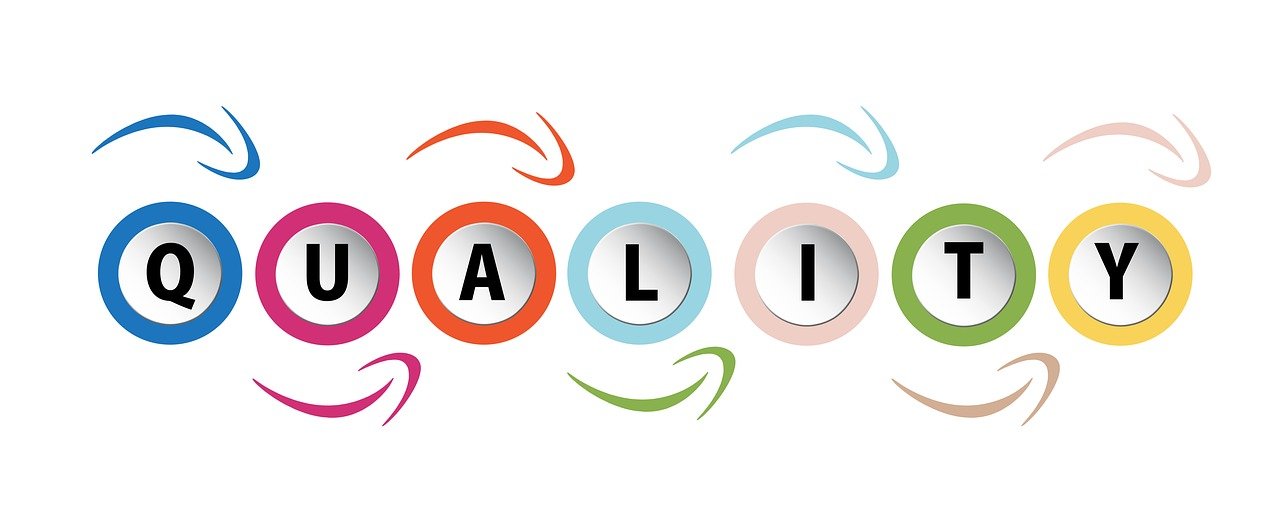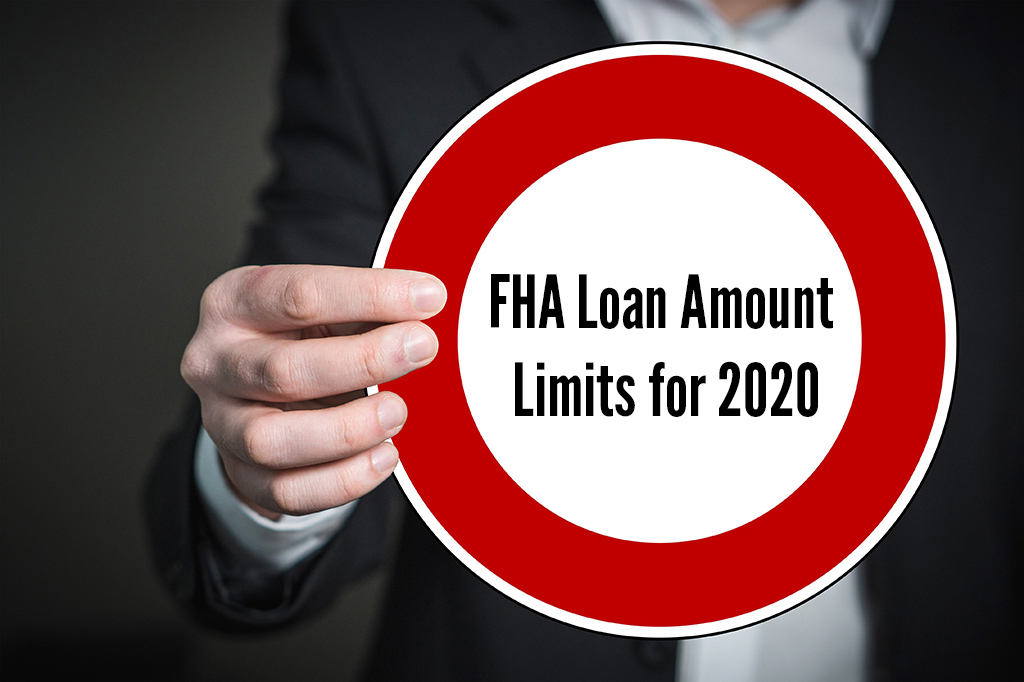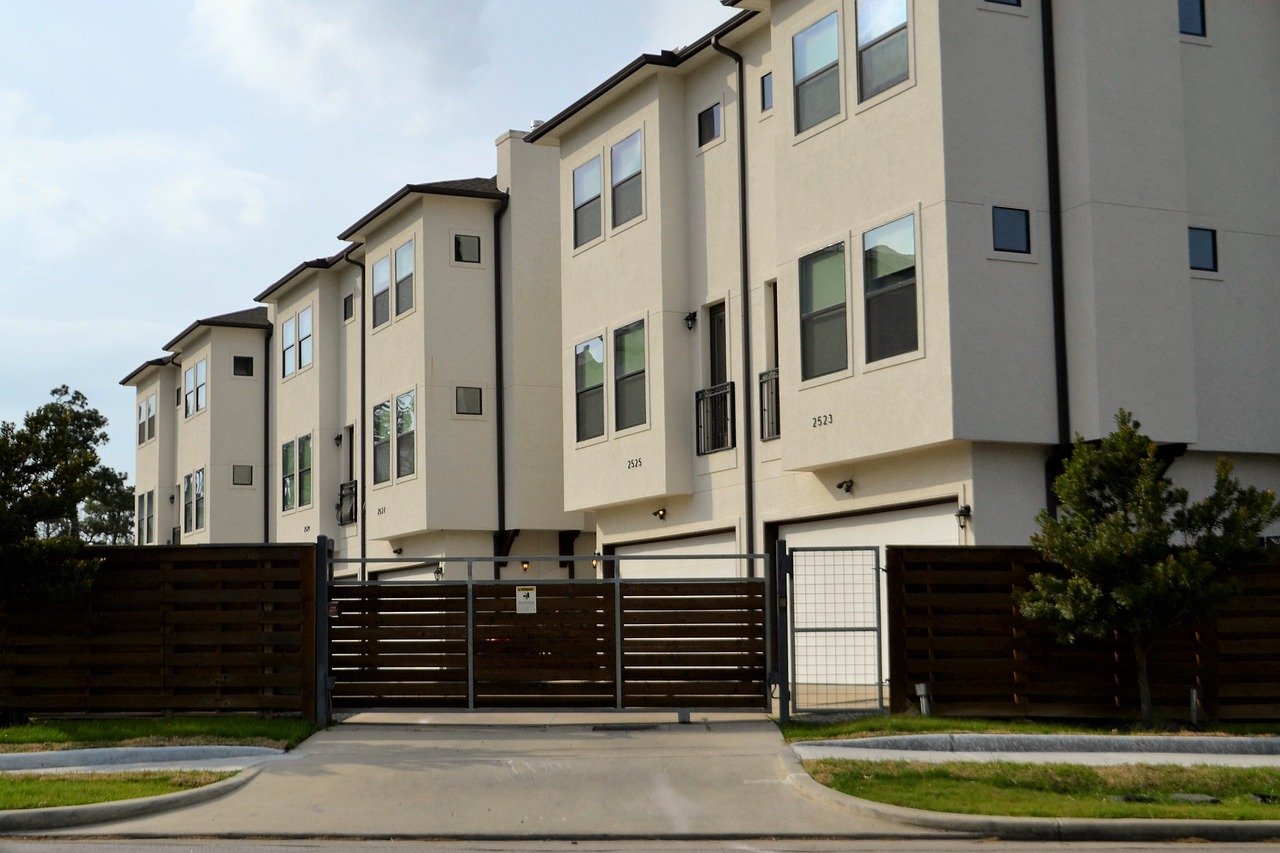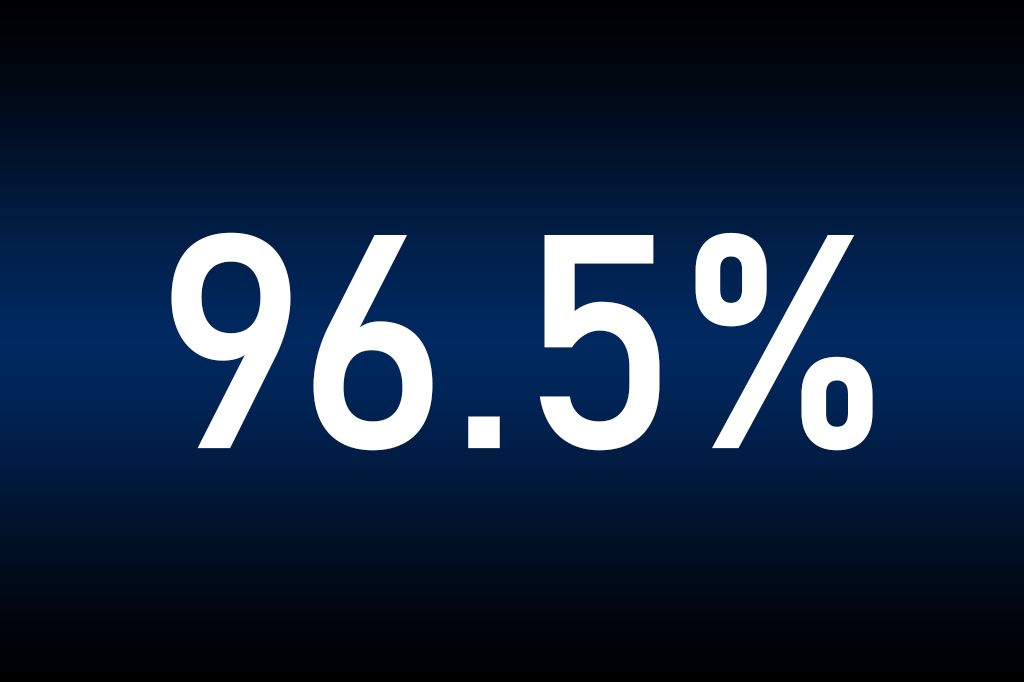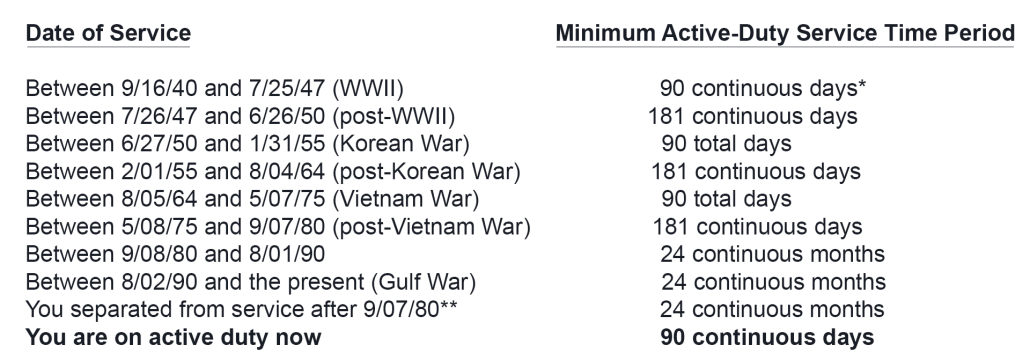3 Ways Mortgage Loan Officers Can Grow Leads Without Spending Money on Ads
By Luke Shankula
The coronavirus pandemic has affected virtually every aspect of our daily lives, from schooling to socializing to business. Since lockdowns commenced nearly a year ago, I’ve had mortgage loan officers, long accustomed to building relationships and generating leads through in-person networking, asking me how they can generate new business.
Sure, spending money on advertising is one strategy. But in a brave new world where people are spending huge amounts of time online, my advice to loan officers is this: go social like you mean it. These are my top three ways that loan officers can grow leads organically—that is, without spending a dime.
- Be strategic with social media engagement.
- Create quality content that people want to consume.
- Present yourself in a genuine manner—i.e., be the “real you.”
Choose your platforms strategically
Image by nominalize from Pixabay
Unless you’ve got a monstrous amount of time to devote to social media or the budget to pay someone else to do it for you, it’s difficult to have a huge presence across several different platforms. Instead, I tell my clients to choose one, two, maybe three social media platforms, and get really good at using those. This comes down to researching which audiences you’ll reach on different platforms and honing in on those that can be the most fruitful. Here are just two examples of how I tell clients to use the many platforms out there:- LinkedIn: While LinkedIn isn’t exclusively a B2B platform, it is the place where you’re more likely to network with referral partners, such as real estate agents and other loan officers. It’s a great place for work-related content, but posting links to shared content will actually reduce your engagement here, since LinkedIn (and Facebook) wants to keep people in the site. Instead, create short, original posts that talk about your business. This doesn’t have to be “hard sell” stuff. Try posting video or screenshot testimonials from happy clients, or you celebrating closing a loan in record time. This is called “social proof”—it’s what establishes you as a leader in your field and attracts potential colleagues and referral partners. Also, be sure to congratulate colleagues who post about promotions or job change. But go beyond a simple “Well done!” with substantive, sincere praise. “Congratulations Jan! I’ve been following your career since we worked together at ___, and it’s no surprise you’ve been so successful.”
- Facebook: If LinkedIn is your office, Facebook is your living room. Use your personal Facebook page—yep, that’s right; your personal page, as it’s amazingly difficult to generate organic traffic on a business page—to share your original content on mortgage news, career wins and challenges. Intersperse these with normal Facebook stuff, whether it’s family photos or funny animal videos. When you sprinkle in the work-related posts, always think about engagement: “The Fed is threatening to raise interest rates again: do you think it’s too soon for another rate hike?” Make your non-personal posts public so that they can be shared with anyone. Accept friend requests that don’t seem sketchy or stalkerish. And engage, engage, engage.
Create quality content
Image by Gerd Altmann from Pixabay
I say it all the time and I’ll never stop saying it. When it comes to growing organic leads, it’s about quality, not quantity. Posting 60 pieces of shared content a day, regardless of the platform, is going to turn people off and make them reach for the dreaded “mute” button—and it might also get you flagged as a spammer. Instead, post original, quality, shareable content that people can use. Here are just a few ideas:- A short video (60-120 seconds is ideal) of you explaining how the mortgage pre-approval process works, or telling folks how they can improve their credit score
- An attractive infographic showing the steps from loan application to closing
Remember, most first-time buyers—and a lot of second- or third-time buyers—have no clue how this stuff works. By creating content that explains the process, you establish yourself as an expert. Just don’t forget to add links to your email address and business website!
Just do you

Image by mohamed Hassan from Pixabay
They say that all business is personal, and that’s truer now than ever before. There might have been a time when prospective loan applicants could choose from just a handful of loan officers. Now, there are more than 300,000 loan officers in the US, most of them reachable with the click of a mouse. So how do you stand out in a crowded field? Just by being you—and social media is the place to do it.- Be genuine. Share your kid’s stellar report card and your spouse’s new promotion just as readily as you do mortgage industry news. You’re a lot more than just your job, and your clients want to know that.
- Engage actively, but naturally. Make a concerted effort to share and comment more on social, but don’t fake it. If you’re interested in a topic, try to generate lively discussion around it. If you’re happy for a friend or colleague’s positive news—express it!
- I tell my colleagues to be themselves online and in-person, with one caveat: stay as apolitical as possible. Mortgage loans aren’t red or blue!



